Are Demon Slayer Marks Real? Discover Now!
Discover the origins and inspirations behind the fictional Demon Slayer Marks from "Demon Slayer: Kimetsu no Yaiba." Explore historical, cultural, psychological, and symbolic perspectives to understand the fascination with marked heroes and their extraordinary abilities. Click to learn more!
DEMON SLAYER
Anime Fever
7/31/20245 min read
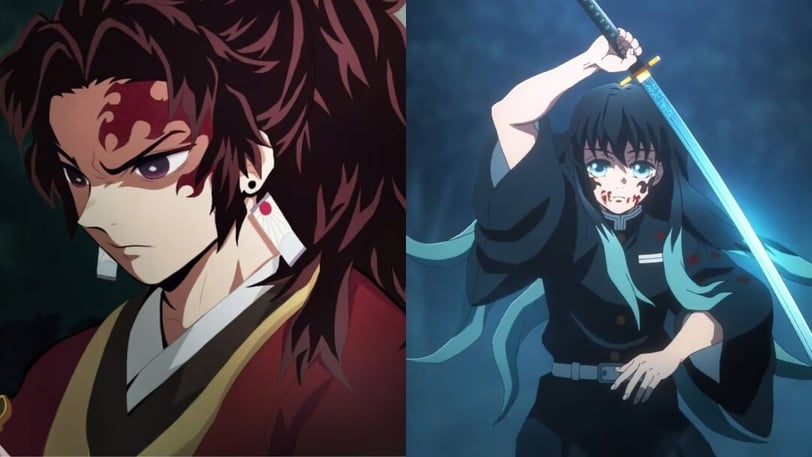

The concept of "Demon Slayer Marks" has captured the imagination of many, thanks in large part to its portrayal in popular media, particularly in the manga and anime series "Demon Slayer: Kimetsu no Yaiba" by Koyoharu Gotouge. These marks, depicted as mysterious and powerful symbols that appear on the bodies of skilled demon slayers, grant enhanced abilities and play a crucial role in the story. But are these marks based on any real-world concepts or historical precedents, or are they purely fictional? This article delves into the origins, interpretations, and potential inspirations behind Demon Slayer Marks to answer this intriguing question.
The Origins of Demon Slayer Marks in Fiction
In "Demon Slayer: Kimetsu no Yaiba," Demon Slayer Marks are special markings that appear on the bodies of elite demon slayers. These marks are often associated with an extraordinary increase in physical and mental abilities, including heightened strength, speed, and perception. The appearance of these marks is portrayed as a rare and significant event, often signaling a turning point in the battle against demons.
The narrative of Demon Slayer Marks is deeply rooted in the series' mythology and lore. They are said to be a sign of divine favor, indicating that the individual has been chosen to wield great power against the forces of evil. This concept of a chosen warrior, marked by fate or destiny, is a common trope in many mythological and literary traditions.
Historical and Mythological Precedents
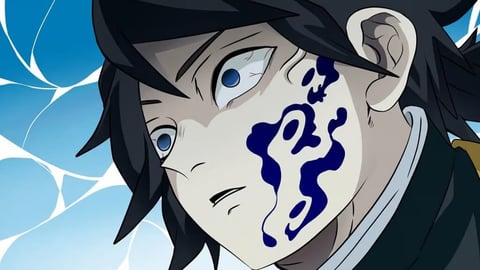

While Demon Slayer Marks as depicted in the series are fictional, they do have historical and mythological counterparts that may have inspired their creation. Throughout history, various cultures have believed in the existence of physical marks or signs that denote special abilities, divine favor, or unique destinies.
Stigmata
One of the most famous historical precedents is the phenomenon of stigmata in Christian tradition. Stigmata are marks that appear on the bodies of certain individuals, resembling the wounds suffered by Jesus Christ during his crucifixion. These marks are often seen as a sign of piety, divine favor, or a mystical union with Christ. While the causes and authenticity of stigmata are debated, the phenomenon has been documented throughout history and remains a powerful symbol in Christian mysticism.
Tribal and Warrior Marks
In many indigenous cultures, warriors and tribal leaders have adorned their bodies with marks, tattoos, and scars to signify their status, achievements, and spiritual beliefs. For example, the Māori of New Zealand use intricate tattoos known as "moko" to denote social standing, family heritage, and personal achievements. Similarly, various African tribes use scarification to mark rites of passage, bravery, and leadership.
These traditions of marking the body to signify special status or abilities have parallels with the concept of Demon Slayer Marks. They represent a tangible manifestation of an individual's identity, power, and connection to a larger spiritual or cultural framework.
Psychological and Symbolic Interpretations
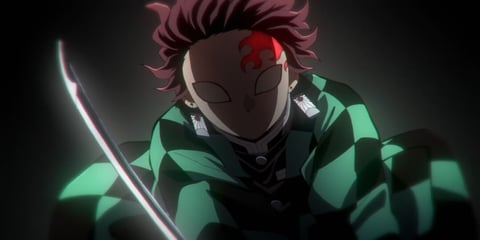

Beyond historical and cultural precedents, Demon Slayer Marks can also be interpreted through psychological and symbolic lenses. The appearance of these marks in the series often coincides with a character's emotional and psychological breakthroughs, suggesting that they may represent an internal transformation made visible.
Jungian Archetypes
In the context of Jungian psychology, the concept of Demon Slayer Marks can be seen as an archetypal symbol. Carl Jung, a Swiss psychiatrist and psychoanalyst, proposed that certain symbols and themes recur across cultures and mythologies, representing universal aspects of the human psyche. The Demon Slayer Marks could be interpreted as an archetype of the "hero's mark," symbolizing the individual's journey towards self-actualization and their confrontation with inner and outer demons.
The Hero's Journey
Joseph Campbell's "hero's journey" framework also offers insights into the symbolic significance of Demon Slayer Marks. In Campbell's model, the hero undergoes a series of trials and transformations, often marked by physical or symbolic changes. The marks can be seen as a manifestation of the hero's growth and their readiness to face greater challenges. This aligns with the narrative function of the marks in "Demon Slayer: Kimetsu no Yaiba," where they often signal a pivotal moment in the protagonist's journey.
Scientific and Medical Perspectives
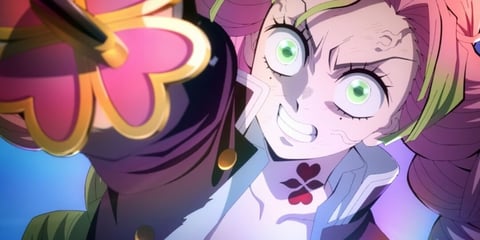

From a scientific and medical standpoint, the idea of marks appearing on the body to signify enhanced abilities is purely fictional. There is no empirical evidence to support the existence of such marks in reality. However, the concept can be loosely compared to certain medical conditions and phenomena where physical changes are linked to underlying physiological or psychological states.
Adrenaline and Physical Performance
One potential analogy is the role of adrenaline in human performance. Adrenaline, also known as epinephrine, is a hormone released by the adrenal glands in response to stress or danger. It triggers the "fight-or-flight" response, leading to increased heart rate, heightened senses, and a temporary boost in strength and endurance. While this doesn't result in visible marks on the body, it illustrates how physiological changes can enhance physical abilities in critical situations.
Psychosomatic Phenomena
Another relevant concept is psychosomatic phenomena, where psychological factors can lead to physical symptoms or changes in the body. For example, stress and anxiety can manifest as physical symptoms such as headaches, rashes, or gastrointestinal issues. Although these changes are not as dramatic or symbolic as Demon Slayer Marks, they demonstrate the complex interplay between the mind and body.
The Power of Symbolism in Storytelling
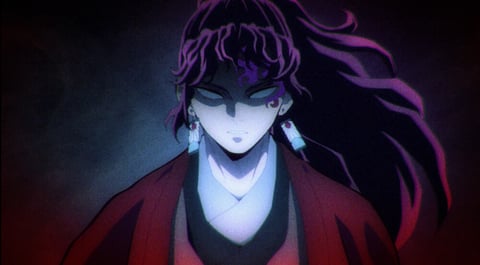

Ultimately, the idea of Demon Slayer Marks resonates deeply with audiences because of its symbolic power. These marks represent more than just physical enhancements; they embody themes of destiny, inner strength, and the struggle between good and evil. In storytelling, symbols like these enrich the narrative, providing layers of meaning and emotional depth.
Visual and Narrative Impact
Visually, the marks serve as a striking and memorable element in the character design, making the heroes stand out and reinforcing their exceptional status. Narratively, the appearance of the marks often coincides with critical moments of character development, heightening the drama and emotional impact of the story.
Connection to the Audience
For the audience, Demon Slayer Marks can serve as a metaphor for personal growth and resilience. Just as the characters in the series overcome tremendous obstacles and unlock their potential, viewers may be inspired to confront their own challenges and strive for self-improvement. The marks symbolize the transformative power of perseverance and the idea that inner strength can manifest in remarkable ways.
Conclusion
In conclusion, while Demon Slayer Marks are not real in a literal sense, they are a rich and evocative element of storytelling that draws on a variety of historical, cultural, psychological, and symbolic traditions. They reflect humanity's enduring fascination with the idea of marked individuals possessing extraordinary abilities, whether through divine favor, personal achievement, or inner transformation.
The concept of Demon Slayer Marks, as portrayed in "Demon Slayer: Kimetsu no Yaiba," is a testament to the power of fiction to create compelling and meaningful narratives. By blending elements of myth, psychology, and visual symbolism, the series offers a captivating exploration of what it means to be a hero and the marks that define us, both visible and invisible.
More: Are Demon Slayer Marks Permanent? Discover Now!
More: Are Demon Slayer Marks Red? Discover Now!
More: Demon Slayer: Tanjiro Kamado's Abilities - Everything You Need to Know
